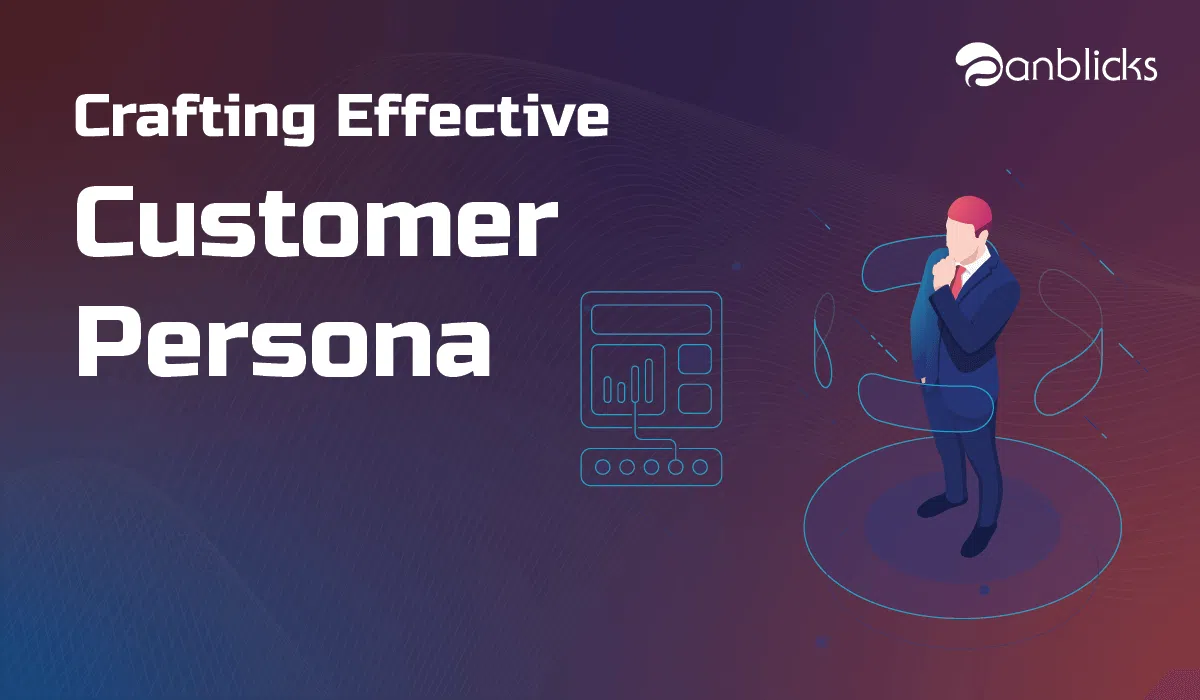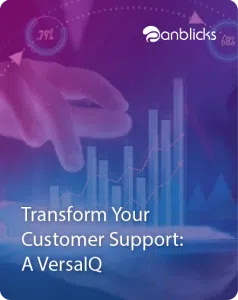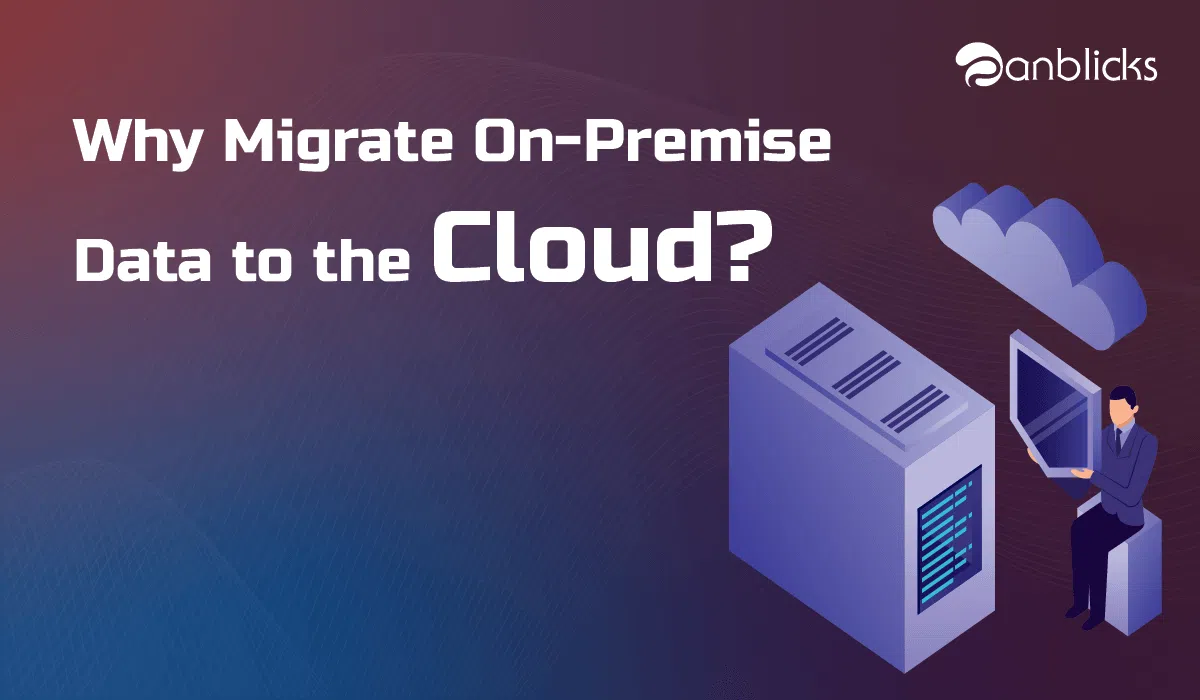
Know Your Audience – Craft A Customer Persona

TL;DR
- Understand demographics, behaviors, and needs of your target audience.
- Create detailed profiles to represent various customer segments.
- Use customer personas to guide marketing strategies and product development.
“Who is my customer?” – Is the first and foremost question every business is looking to get answered. One of the toughest challenges that marketers face is understanding who is in your database, how your contacts are different and then deciding how to best market to them.
The key to any successful marketing starts with realizing who your audience is. Knowing your customers helps you understand their needs, improve or develop new products and craft a more personalized approach to reaching out. Your marketing efforts become targeted and investment decisions become wise. Many of the marketers or businesses think they know their customers, when in fact their understanding is way broader than they realize.
The inability to comprehend the audience often leads to poor decisions. One such example of not knowing your audience is the clothing brand GAP -who tried transforming its clothing line to reflect a trendier taste, which backfired, with a realization that most of their customer base was interested in something basic. It was in fact, appreciated for being a very basic and go to attire.
It’s all about knowing, and the place to start is by grouping your customers together into groups, based on similar traits. Defining these different groups is the art of segmentation, and getting it right is no small feat. These groups are what we call Customer Personas.
A customer persona, allows brands to better understand these homogeneous groups, and to recognize the key traits within them. It typically serves either of two purposes:
- Establish the size of particular market segments so you know which ones to go after (e.g. married women, students, apartment dwellers).
- Give insight into shared needs, buying tendencies, and lifestyles that will allow you to target your marketing message more efficiently and effectively (e.g. married women want to be more organized, students want cheap meals, apartment dwellers need more space).
This concept of creating personas was first suggested in 1998 by Alan Cooper in his book- ‘The inmates are running the Asylum’, since then, it has only grown popular. Earlier, personas were created through questionnaires and manually placing customers in a category based on their answers. While this is a very conscious and well-informed approach, it may not be practical for businesses where data is growing exponentially every day. This is where Data Science – a blend of data inference, algorithm development and technology come into the picture.
Data Science creates these personas, with its inherently sophisticated clustering algorithms which are based on the mathematical concepts of Connectivity, Distribution, Density, and Centroid. Yes, let’s face it, contrary to popular belief, math does have its applications and segmentation is just the beginning. One such algorithm, that is widely used, is K-means which leverages Euclidean distance to group the data points together. It is based on the notion that the data points closer in data space exhibit more similarity to each other than the data points lying farther away. Over a hundred different algorithms exist for this very purpose.
Segmentation is extensively used by both small and large businesses. It helps them in campaign designing, personalization, and product improvement. There are many success stories credited single-handedly to segmentation. For instance:
- MySpace took a hit when Facebook took the reins of social networks. They redid their strategy and started focusing on the persona that would work better for them: musicians.
- JetBlue’s buyer persona is the low budget traveler that wants a comfortable yet affordable solution to flying. They are typically a younger audience that likes to be reached through social media channels. Their major audience comes through Twitter. “Fly like a Boss pay like an intern” is the sensational ad campaign designed by understanding their buyer persona.
- Apple is known for their outstanding marketing campaigns. Lately, they’ve refocused their ad on business professionals by showing how an Apple product might fit into their professional lives.
There are many others, from the seventeen magazines to Zipcar to P&G who have invested big time in understanding their customer by creating Personas.
Knowing your customer and building the right relationship with them is the key to success and it all comes down to crafting your buyer persona and being consistent in giving what they really need. With an explosion of data in the past few years, it is only wise to employ machine learning algorithms to achieve this feat.
Segmentation is just the beginning of what the field of data science can do for marketing. There are many sophisticated algorithms that can help us understand the quality, correlation, effect, behavior, and conversion of a customer based on their past information. We’ll learn more about how machine learning can help reach priority customers based on their quality and propensity of conversion in the next article.
External References: Hubspot, BuyerPersonaInsights
Anblicks has leveraged the art of data science to help a US-based business in building customer personas which directly impacts their marketing efficiencies. If you still haven’t figured out who your customer really is? Or if you have an image of your audience, but don’t really get the picture? Please feel free to reach out to us at marketing@anblicks.com to start your journey of discovering the audience.
Blog posted by Muddasir Hassan, Data Scientist, Anblicks

Muddasir is a seasoned data scientist with 7+ years of experience in solving business problems using data-driven methods. He specializes in bringing clarity to ambiguous situations. He takes a holistic and big picture view of problems to formulate solutions that solve for now vs later.



